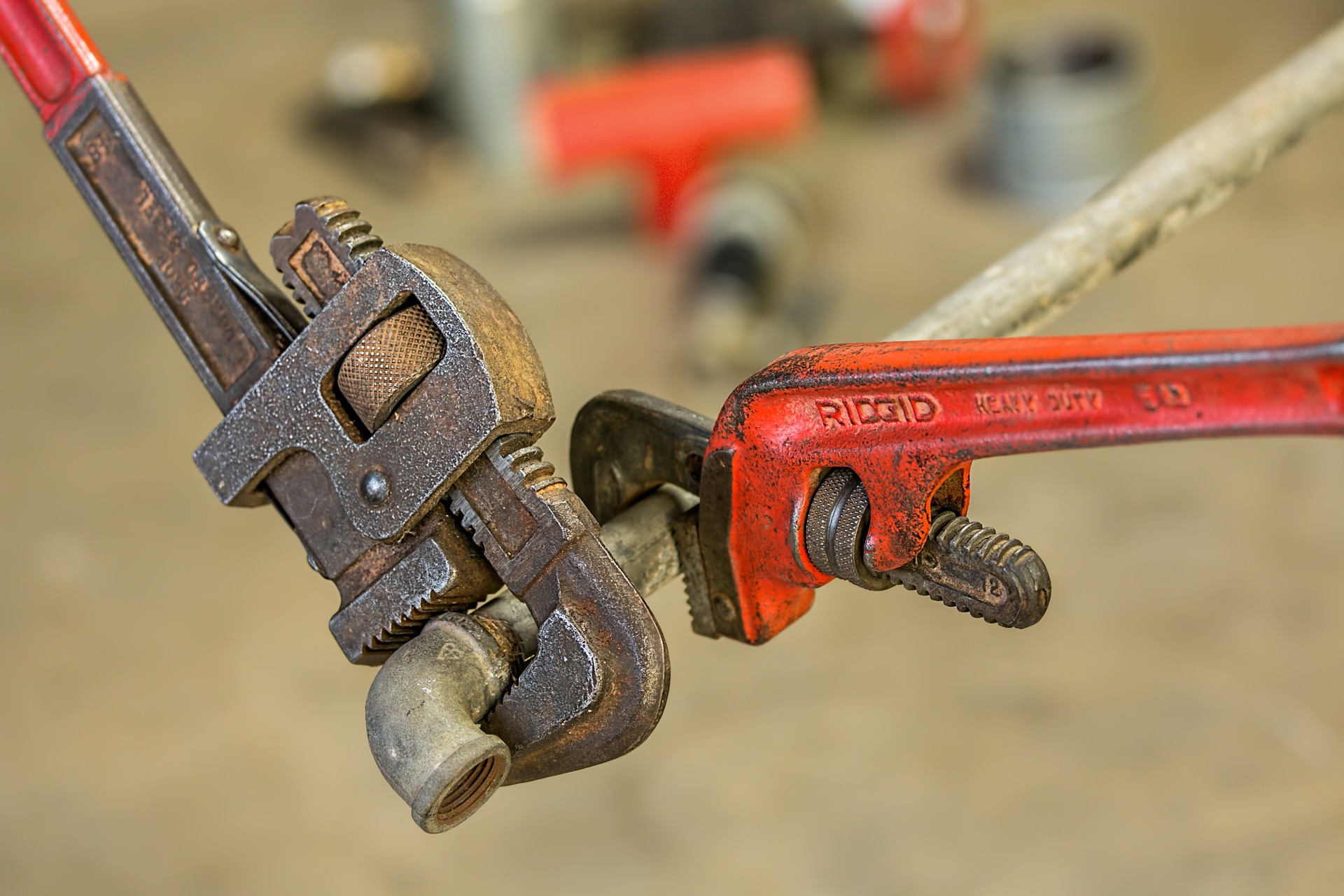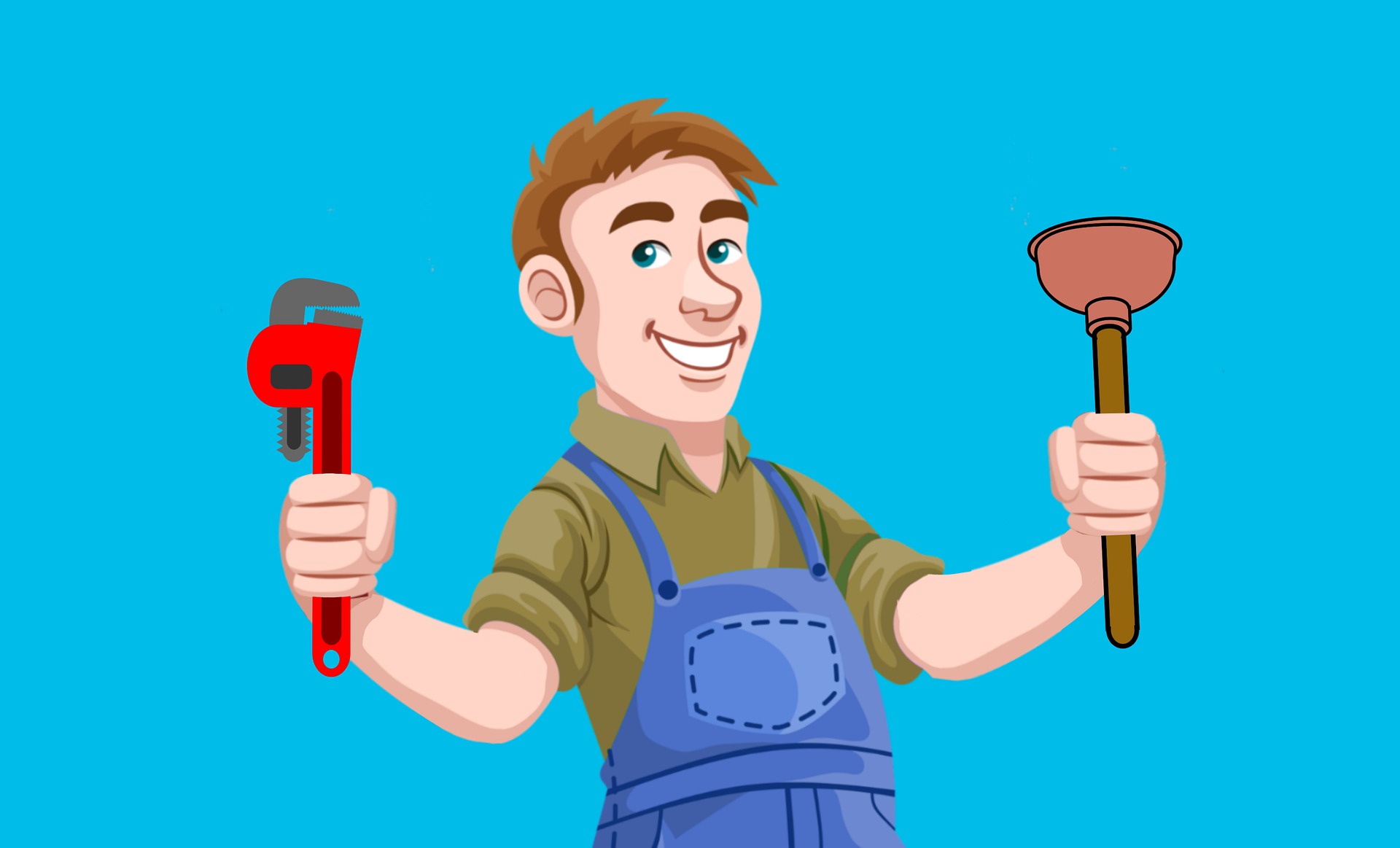What common have plumbers and pipefitters? Normally pipes!
Well, both careers have these inspecting, installing, and repairing piping systems.
For those two skilled trades is part of the scale of the work is what sets.
The pipefitters work on a much bigger piper found in industrial settings.
In the next article, you will learn more about the differences and similarities between plumbers and pipefitters let’s see.
What is different between Pipefitters and Plumbers?
Well, the difference between Pipefitters and Plumbers can be found in where they work, the skills they for the job and types of pipes they work.
Where do They work?
Plumbers work in commercial and residential settings like homes and businesses.
Pipefitters report to manufacturing worksites like shipyards or factories to service heavy-duty pipes or install them.
Plumbers:
- Construction companies
- Homebuilding companies
- Self-employed
Pipefitters:
- Manufacturing plants
- Commercial businesses
- Merchant marines or Navy
- Petroleum industry
What do they do?
Both work on install, maintain and repair pipes, but their job tasks vary, the differences in the scale of the systems they work on.

Plumbers Work
- Repair and maintain sewage lines, install, water heaters and water filtration systems
- Drains and unclog pipes
- Replace water fixtures or fix
- Remodel bathrooms or build
- Fix dishwashers and laundry machines or install.
- Troubleshoot plumbing systems
- Work in compliance with states building codes and local
Pipefitters Work
- Repair and maintain pipes that carry chemicals acids and gases, install
- Cooling systems and service commercial heating
- Work on delivery systems and fuel
- Waste disposal systems and maintain repair commercial water systems
- Weld cut and reshape pipe sections and components
- Install piping to fitted compressors, pumps, meters, hydraulic and pneumatic controls
- Work on different pipe materials: Copper, galvanized steel, PVC, stainless steel, and Inconel
- Verify safety requirements are met
Pipefitter Specialization
Pipefitter sometimes includes more specific job titles and specialties that focus on a cerian type of pipe
- Usually, gasfitters work with pipe systems that deliver oxygen or gas.
- Sprinklerfitter repair and install sprinkler systems for both private residences and commercial enterprises.
- Steamfitters install pipes for moving potent steam, water, and other substances.
Skills They Need

To have mechanical and troubleshooting skills as well as physical strength they have to work on pipe systems and getting the job done right, which requires both plumbers and pipefitters.
Plumbers and pipefitters typically need skills that are unique to their professions and don’t intersect, usually, they don’t work on the same types or in the same settings.
Plumbers Skills
Communication: This is necessary for supervising workers, planning work schedules, and bidding on jobs.
In a way to understand plumbers must be able to communicate technical types of equipment problems to customers.
Customer service: For establishing longtime business relationships is essential when you work in people’s businesses and homes.
Dexterity: When you work in confined spaces helpful is to work well with one’s own hands
What are Similarities Between Plumbers and Pipefitters
The BLS or Bureau of Labor Statistics lists plumber and pipefitter jobs under the same category they both work on pipes for a living. Sharing the career classification also steamfitters do, too. From the agency here are the latest employment facts and figures.
Job Outlook
The Bureau of Labor Statistics or BLS predicts job growth that’s much faster than average for steamfitters, pipefitters, and plumbers.
By 2026 the average job growth rate for all occupations will be 7 percent, it will be 16 percent for these tradespeople.
- Repair pipes in an older building and need to install systems in new building plumbers needed to do
- Sprinklerfitters find jobs to install fire suppression systems as more states enact changes to building codes to improve safety.
- Pipefitters find work repairing the country’s aging infrastructure.
Salary

Reporting the BLS or Bureau of Labor Statistics In 2017 steamfitters, plumbers, and pipefitters earned an annual average salary of $52,590.
Becoming a Pipefitter of Plumber
Trades school will offer pipefitter and plumbing training, and enrolling in one of their programs is the first step to finding a lifetime career in these fields.
The students for are in those programs usually take classes in pipe systems design, proper tool usage, and safety.
Steamfitters and pipefitters more typically have to use welding schools.






